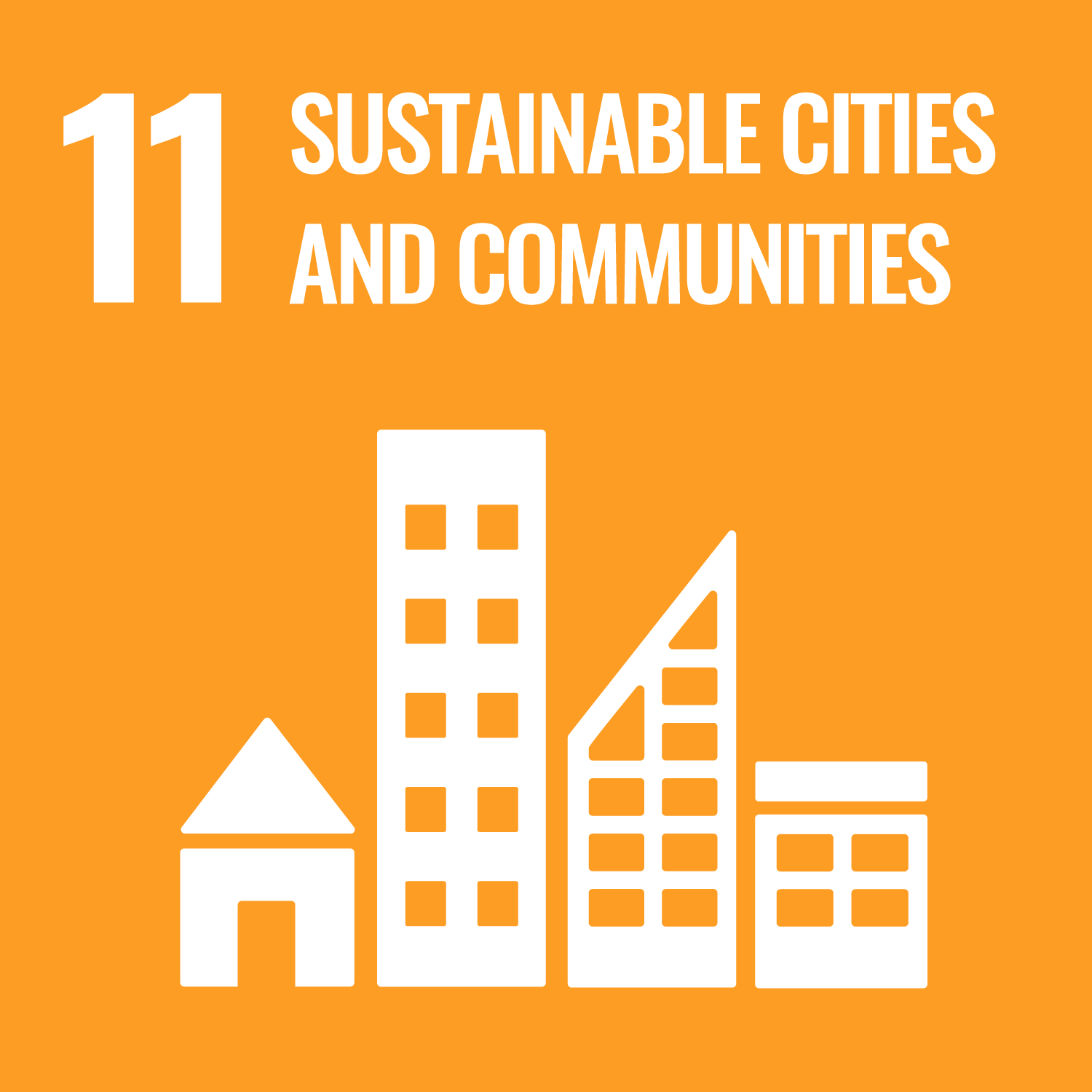Design, disability and the planning challenge: the reality of living with severely disabled children
ORCID
- Stephen Essex: 0000-0002-7728-4043
Abstract
This paper investigates the effects of the speculative and standardized house building model dominant in the UK on the residential experience of families with severely disabled children and evaluates the barriers to the provision of inclusive accommodation through the planning and development process. Unlike previous studies on the theme, this paper draws together, compares and contrasts, within one location, the experiences of families that include severely disabled members, local planners and housing developers. The results indicate that, as a result of the deficiencies of mainstream housing design and delivery, real and substantial stress can be created for families with disabled children. Moreover, it was found that institutional and attitudinal inertia restricts communication between developers and planners in responding to the needs of these families. It is argued that evidence based on experiential knowledge of the needs of disabled groups is a critical first step in meeting their requirements for appropriately designed housing.
DOI Link
Publication Date
2016-04-30
Publication Title
Planning Practice and Research
Volume
31
Issue
3
ISSN
0269-7459
Acceptance Date
2016-04-03
Embargo Period
2017-10-30
First Page
327
Last Page
346
Recommended Citation
Essex, S., & Staples, J. (2016) 'Design, disability and the planning challenge: the reality of living with severely disabled children', Planning Practice and Research, 31(3), pp. 327-346. Available at: 10.1080/02697459.2016.1174974


